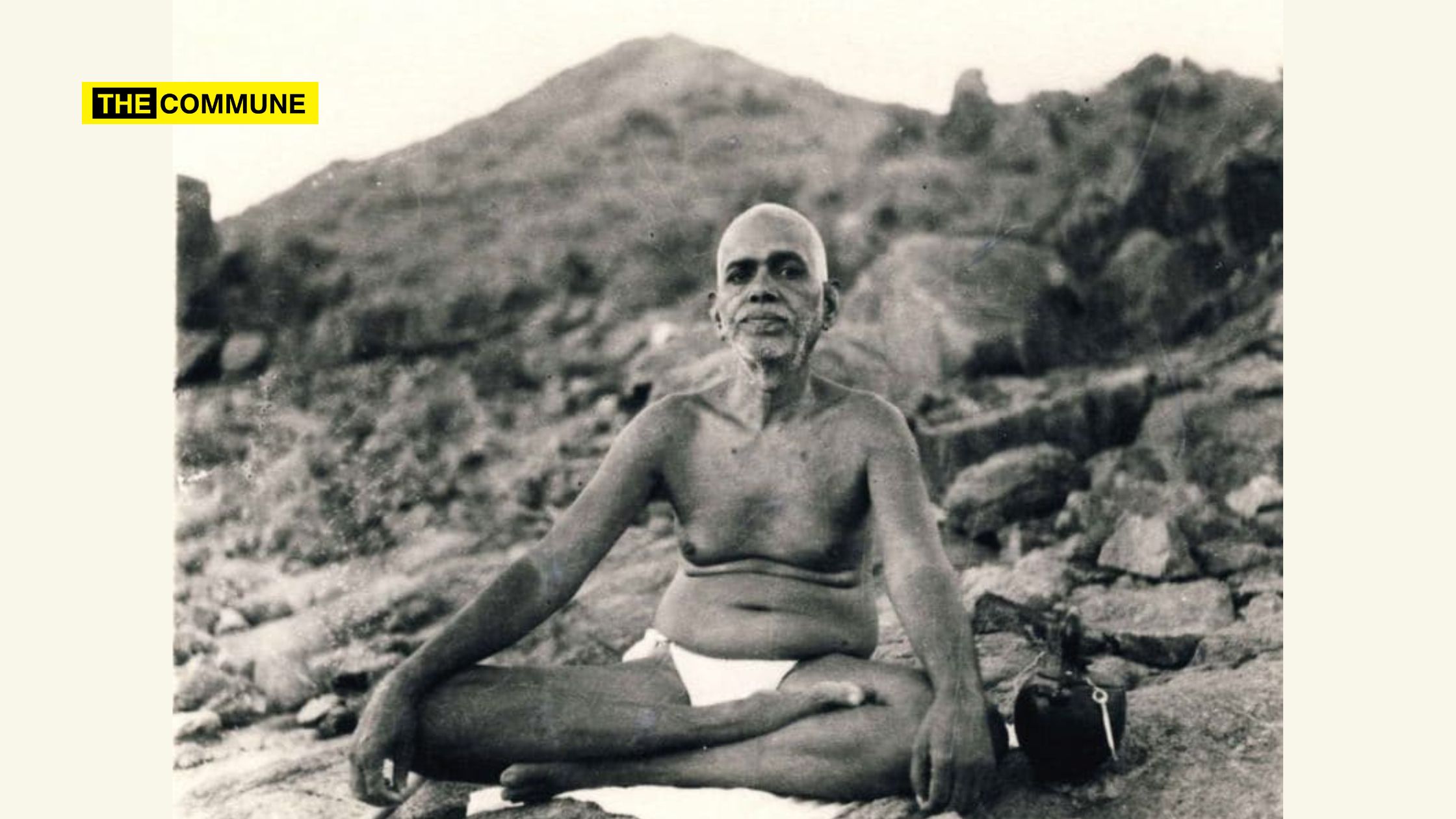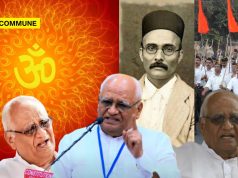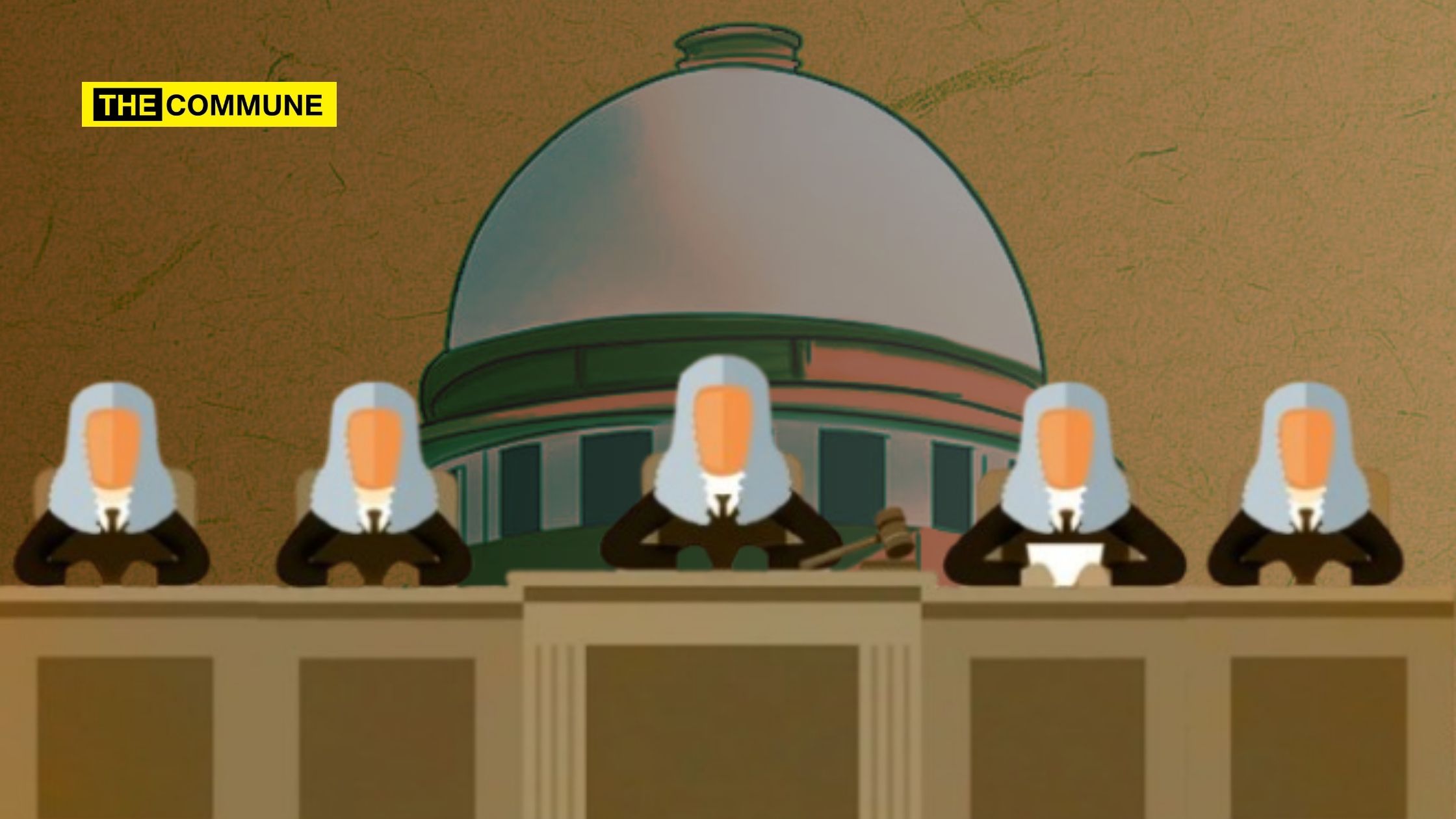
“Forgetfulness of your real nature is the true death; Remembrance of it is rebirth”- Ramana Maharishi.
Ramana Maharishi(1879-1950) was regarded as Dakshinamurthy, as an avatar of Skanda, a divine form of Shiva by some of his devotees. He has been described as “The whitest spot in a white space”, “The greatest sage of 20th century”.
These descriptions are about a small boy named Venkataraman who was shattered at the age of 16 when he was overcame by the fear of death. His fear brought on his remembrance of his true nature. This led to abandonment of worldly desires and a pilgrimage to the holy mountain of Arunachala. His first words there were ‘I’ve come to thee at thy behest. Thy will be done’ . He lived there for 17 years before coming to Virupaksha. His devotees started growing up.
Among them was the Kavyakantha Sri Ganapathi Sastri, who proclaimed Ramana as Bhagavan Sri Ramana Maharishi. Frank Humphreys was the first westerner to meet Maharishi and write about him in an international magazine.
Bhagawan was the most liberal of gurus. At no time did he consider the need to frame rules and regulations to control the lives of his disciples; nor did he believe in a common, enforced discipline, for he himself had attend the highest without them. He left his disciples completely free to mould their lives as best as they could. This physical freedom helped a lot to tide over the first few difficult months of a disciple’s new existence.
Bhagwan was the personal incarnation of what westerners considered as a guru. A humble, kind and just man; with no possessions but a loin cloth, metal water jug & a walking stick, throughout his ascetic life. During special occasions, people lovingly presented him with new towels and loin clothes & he obliged by changing 4 times a day. He even remarked with a smile, “Because I didn’t want anything, see how much I am getting; Even a washerman will not have such a huge collection”. That humble he was.
He spoke and wrote about fundamental things like the meaning of the self and how we relate to the world. On the link between perception and reality he said, “If the mind, which is the cause of sll knowledge & all action subsides,the perception of the world will cease. The perception of the rope, which is the substratum will not occur unless the perception of the snake, which has been superimposed on it changes. Similarly the perception of one’s real nature the substratum which will not be obtained unless the perception of the world which is the super imposition ceases”.
He was diagnosed with cancer on 1948. He constantly reminded the devotees that if they had listened to his teachings, there was no need for grieving; that nothing is lost by death except for the body, one was not born & hence cannot die. When begged to stay alive and not to leave this realm, he would reply “where could I go? I am here.”
On 14 April 1950 Bhagwan who spread peace and bliss through his life thanked his attendant Sivananda Swami who was pressing is legs. He said ‘Santhosham’ which was his parting word.The attendant ,tears streaming down his cheeks understood. That evening the light from the candle which was was seen by all present slowly reached the peak of Arunachala.
Your duty is to be, and not to be this or that. I am that I am sum up the whole truth; The method is summarised in be still – Ramana Maharishi.
Click here to subscribe to The Commune on Telegram and get the best stories of the day delivered to you personally.




